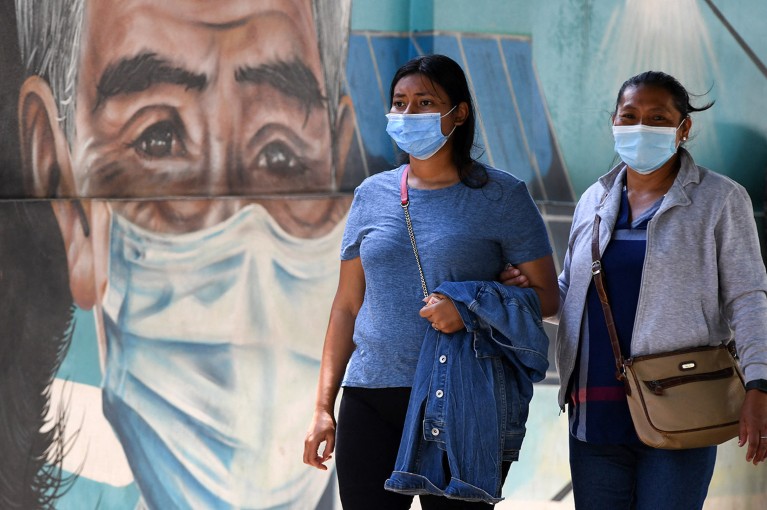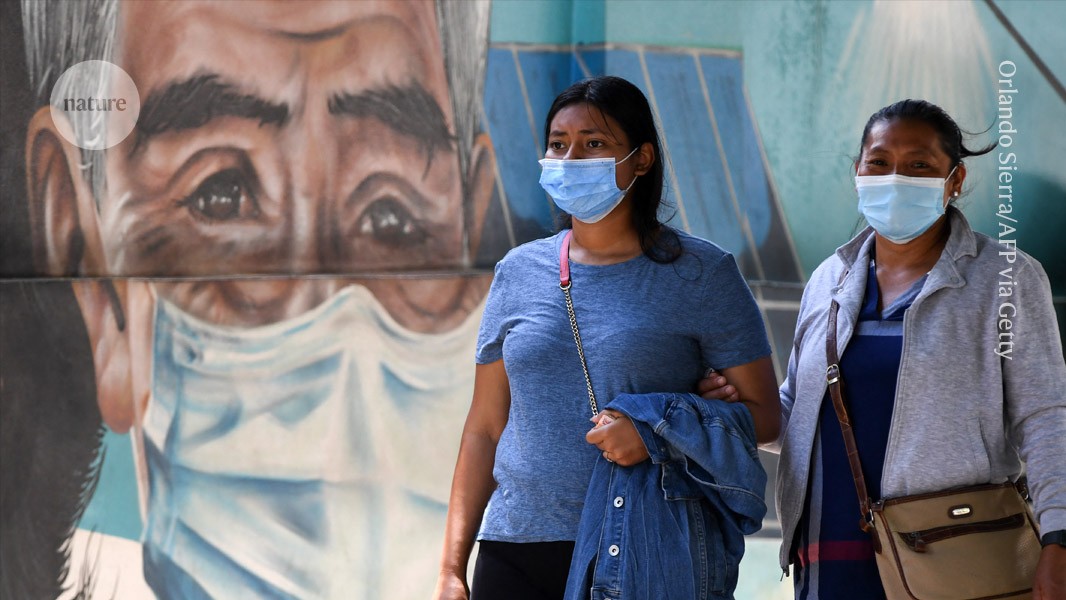
Credit: Orlando Sierra/AFP via Getty
SARS-CoV-2 infections have been rising in the past month — global cases increased by more than 19,000 last month compared with the previous month, according to data posted on the World Health Organization (WHO) COVID-19 dashboard.
But the real number of infections is much higher than that, researchers say, because countries are less focused on collecting data on the infection now than they were during the COVID-19 pandemic.
“Surveillance is happening but it’s at a much lower level than it used to be. We don’t have a complete picture of virus circulation of the variants that are out there,” says Maria Van Kerkhove, interim director of the department of epidemic and pandemic management at the WHO in Geneva, Switzerland. “I think there’s a collective amnesia right now about COVID-19,” she adds.
Even if people do test positive after using a home antibody test, there is no way to report a positive result in the community, says Antonia Ho, a clinical epidemiologist at the University of Glasgow, UK.
Without high-quality surveillance data, Ho warns that health organizations are not well-prepared to recommend corresponding vaccine formulations and time their roll-out. “Surveillance is critical to really understand what’s circulating,” she says.
How is COVID-19 being tracked?
Although surveillance data that are used to track the absolute number of SARS-CoV-2 infections are less robust than during the pandemic, researchers are tracking information about the number of people with severe COVID-19 who require hospitalization. “Hospital-based surveillance is what we’re mostly doing. But we also have wastewater surveillance, which is quite a useful indicator of what’s happening in the community,” Ho says.
Genomic analysis of samples containing the SARS‑CoV‑2 virus shows that the most common variants currently circulating globally are XFG, also known as Stratus or the ‘Frankenstein variant’, and NB.1.8.1, known as Nimbus. Stratus accounts for 76% of reported cases and is dominant in Europe and the Americas, whereas Nimbus is dominant in the Western Pacific region, accounting for 15% of cases, says Van Kerkhove.
Researchers overlooked airborne diseases for centuries — then COVID-19 changed everything
Stratus and Nimbus have similar symptoms to previous variants including a fever, cough and runny nose, but the Nimbus variant has one distinct symptom: a ‘razor blade’ sore throat. These two variants are currently on the WHO’s list of ‘currently circulating COVID-19 variants under monitoring’ as of 4 September.
Van Kerkhove says the latest information about SARS‑CoV‑2 strains is far from the complete picture of viral circulation. Even hospitalization data aren’t as complete as they were during the pandemic — fewer than 35 countries still report COVID-19 data. “That’s why we’re trying to make sure that countries are still doing sequencing,” says Van Kerkhove.
However, she adds that the surveillance data currently available are sufficient to “provide information to governments related to the effectiveness of vaccines”.
Is COVID-19 seasonal?
Vaccination campaigns are focused on people over the age of 65 in the US, or 75 in the UK and parts of Europe, and those with a weakened immune system who are older than 6 months. Michael Head, an epidemiologist at the University of Southampton, UK, says he would prefer a wider vaccine roll-out for younger populations as well. “It’s still not a pleasant infection, and vaccines do still have a significant public-health benefit, so they are a vital tool in addressing the threat posed by COVID-19”.



